How to make the best-ever Yorkshire puddings
There’s nothing that makes a Sunday roast feel quite as special as a side of Yorkshire puddings. And though your granny might have you think there’s a secret to making them, there really isn’t. We’re showing you just how easy it is to create your own perfectly risen, crisp Yorkshire puddings.
What is a Yorkshire pudding?
For those who are unsure, a Yorkshire pudding (otherwise lovingly known as a Yorkie) is a classic British side. As the name suggests, it’s something of a pudding made from a batter of eggs, milk and flour. When properly cooked, a Yorkie is well-risen and puffed and is crisp on the outside, with a chewy centre. Normally, Yorkshires are eaten as part of a savoury meal – usually a Sunday roast – but they can also be served sweet with icing sugar and syrup. Yorkshire puddings are often baked as individual portions in muffin tins, but sometimes are baked in one large pudding.
What are the important things to know about making Yorkshire puddings?
Essentially, a Yorkshire pudding is the result of a thin batter being cooked in fat at a very high temperature. When it comes to making the batter, it’s best to crack the eggs into the flour and slowly whisk the milk in to create a smooth batter. This next step is really where good Yorkies became great ones. To ensure your pudding reaches new heights, it’s advised to give the batter a chance to rest before baking. In an ideal world, you’d make the batter the night before and leave it to rest in the fridge, and allow it to come to room temperature before baking. If you’re in a rush, even leaving it to rest for 30 minutes (outside the fridge) will make a difference to the final result. Lastly, when you’re ready to cook, you need to make sure your oven, as well as the fat you’re cooking it in, is rip-roaring hot. The reason for this is that the heat creates steam, which contributes to the height. The best way to guarantee this is to pre-heat the fat in the tin. Traditionally, the fat used would be beef dripping or something similar, but vegetable fat works just as well here. Add about a half a teaspoon or so into the bottom of the tin and place in the oven until the oil is piping hot. Once you’re ready to cook (ideally, once nearly every other element, except roast potatoes for example, of the meal is done, too), have the batter in an easy-to-pour jug. As quick as you can, take the hot tray out of the oven, add the batter and bake for 15–20 minutes. They’re done when they’re well-risen, crisp and golden. Serve them straight out of the oven as they’re best hot and crispy.
Method
Preheat the oven to 230ºC.
Crack 2 eggs into 125 g sifted flour and slowly whisk in 1 cup milk. Beat until a smooth batter forms. If you can leave the batter to rest overnight, cover it with clingwrap and place in the fridge, then remove at least 30 minutes before cooking. If you don’t have enough time, leave it to rest for 30 minutes at room temperature.
Pour ½ t vegetable oil into the hollows of a muffin tray and heat in the oven.
Quickly remove the tray from the oven, pour the batter in (take care, it will splatter) and bake for 15–20 minutes.

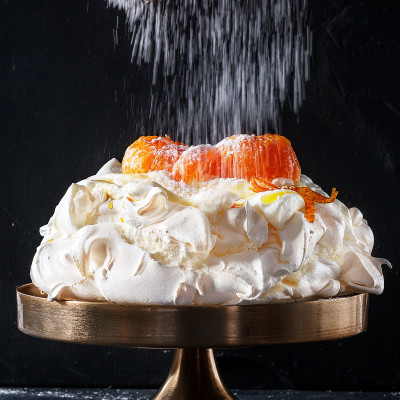
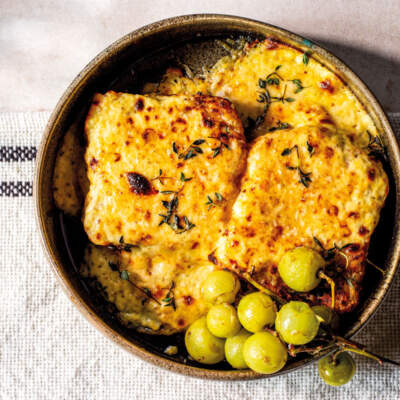

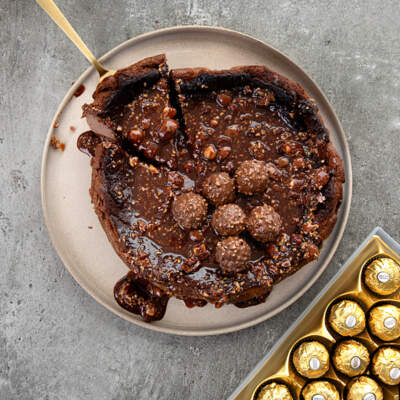
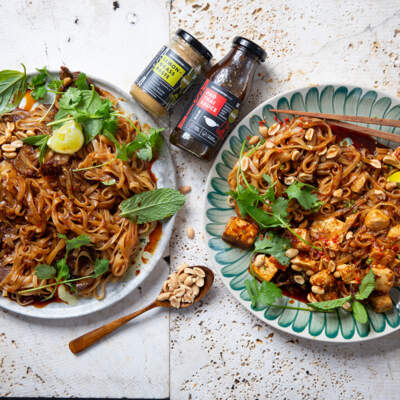
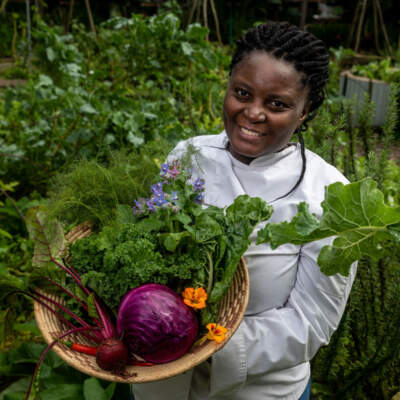
My foolproof recipe I’ve been using for about 15 years now, is equal quantities of eggs, flour and milk, and then a dash of salt. To get the nice hole in the middle (which is the more traditional look), make sure that when pouring your batter into the hot oil, you let the batter drizzle over parts of the oil too, and not just over one spot :)